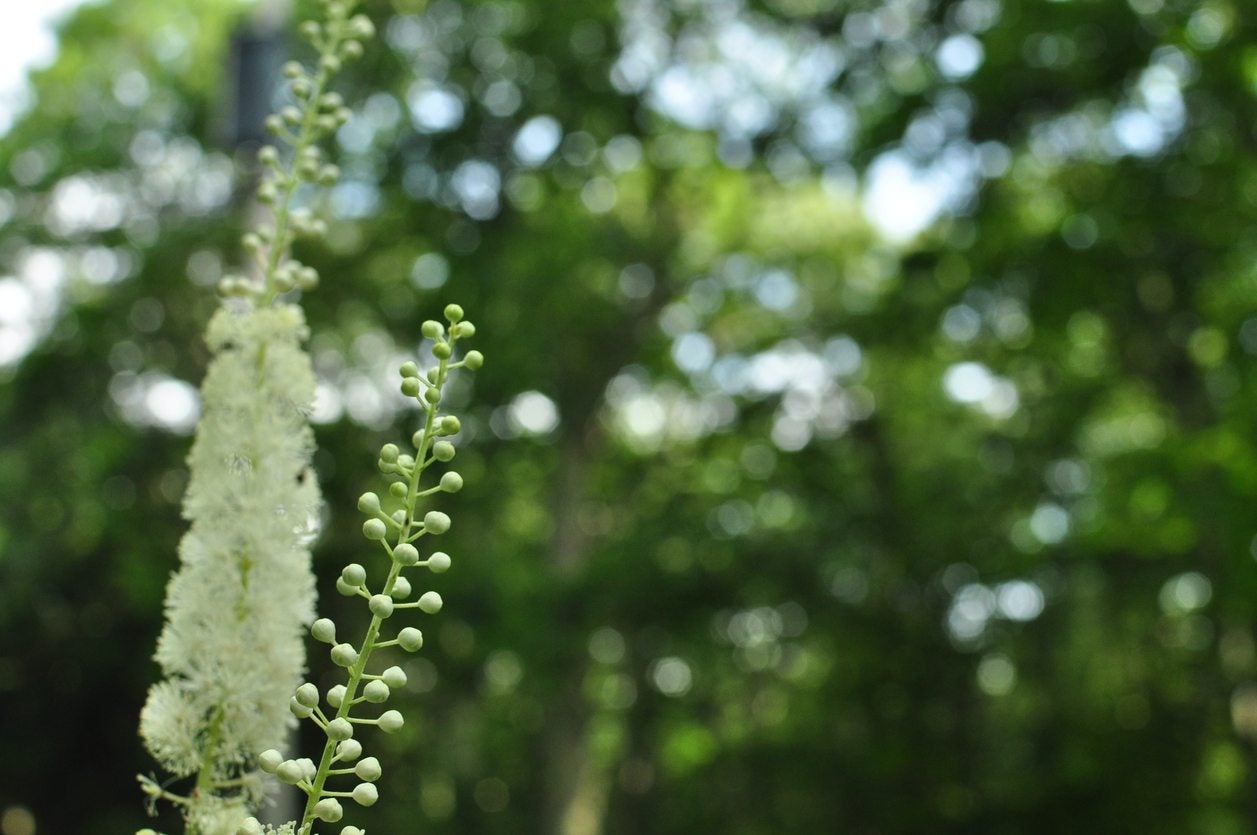What Is A Sweet Almond Bush – Learn About Sweet Almond Bush Care


Sweet almond bush is a plant that has won many fans in the American South. What is a sweet almond bush? It’s a large shrub or small tree native to Argentina. Sweet almond shrubs offer scalloped leaves and showy white flowers that exude a powerful, honeyed fragrance. The plant is sometimes called almond verbena. Read on for information on how to grow sweet almond verbena and for tips on sweet almond propagation.
What is a Sweet Almond Bush?
Sweet almond (Aloysia virgata) is a popular garden plant, especially in southern states. It can be evergreen, semi-evergreen, or deciduous depending on where you grow it. The shrub is hardy to USDA zone 7. In cooler areas, it grows as a deciduous dwarf plant. In perpetually warm climates, it never loses its stiff, scalloped leaves, even in winter, and it can rise to 15 feet tall (5 m.). The long, spiked flower clusters of tiny almond-scented flowers are very fragrant. One plant can fill your garden with a strong sweet almond or vanilla-like fragrance. Flowers stay on the bush all summer long and well into fall, making sweet almonds good sources of nectar for butterflies and birds. The textured leaves are stiff and green, scalloped at the edges. The shrub’s branches have a slightly weeping habit.
Growing Sweet Almond Verbena
Growing sweet almond verbena in full sun is recommended, although the plants can tolerate partial shade. You don’t have to water much once the sweet almond is established. Sweet almond bush care requires only moderate to low irrigation, and the shrubs tolerate great heat. While sweet almond bush care does not include deadheading, it’s a good idea to trim between bloom cycles since it tends to get leggy over time.
Sweet Almond Propagation
If you have a sweet almond tree, it’s very likely you will want more. Sweet almond propagation is quite easy with softwood or greenwood cuttings – nonflowering growth from the current year. Take cuttings about as long as your hand in spring or early summer. Trim each cutting just below a node and insert the cut end into the rooting medium. Water the cuttings, then cover them with a plastic bag to retain moisture. Keep in the shade until the roots develop.
Sign up for the Gardening Know How newsletter today and receive a free copy of our e-book "How to Grow Delicious Tomatoes".

Teo Spengler is a master gardener and a docent at the San Francisco Botanical Garden, where she hosts public tours. She has studied horticulture and written about nature, trees, plants, and gardening for more than two decades, following a career as an attorney and legal writer. Her extended family includes some 30 houseplants and hundreds of outdoor plants, including 250 trees, which are her main passion. Spengler currently splits her life between San Francisco and the French Basque Country, though she was raised in Alaska, giving her experience of gardening in a range of climates.